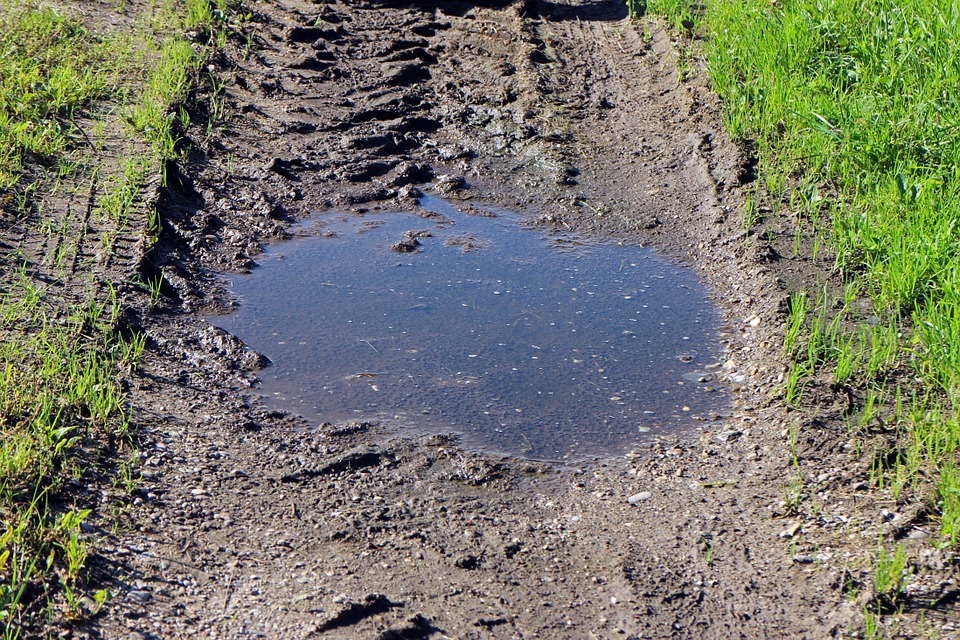“…This proposed rule would also clarify that cropland that is left idle or fallow for conservation or agricultural purposes for any period of time remains in agricultural use and, therefore, maintains the prior converted cropland exclusion.”
Jacqui Fatka
EPA releases new draft WOTUS rule
Farm Bureau said many of previous rule’s worst problems are “on their way out” with new waters of the U.S. proposal.
The Environmental Protection Agency and the Department of the Army published an official rule in the Federal Register on Feb.14 proposing to define the scope of waters federally regulated under the Clean Water Act (CWA). The proposal is the second step in a comprehensive, two-step process intended to review and revise the definition of the “waters of the U.S.” (WOTUS).
This follows several actions by the Trump Administration to overturn a 2015 WOTUS rule finalized by the Obama Administration, which is also held up in several court cases.
The new proposal opens up a 60-day comment period, requiring comments to be received on or before April 15, 2019. The proposed WOTUS definition revision is intended to increase CWA program predictability and consistency by increasing clarity as to the scope of the waters federally regulated under CWA, the agencies said in the rule.
Under the proposed rule, a tributary is defined as a river, stream or similar naturally-occurring surface water channel that contributes perennial or intermittent flow to a traditional navigable water or territorial sea in a typical year either directly or indirectly.
“Ditches are generally proposed not to be ‘waters of the United States’ unless they meet certain criteria, such as functioning as traditional navigable waters, if they are constructed in a tributary and also satisfy the conditions of the proposed ‘tributary’ definition or if they are constructed in an adjacent wetland and also satisfy the conditions of the proposed ‘tributary’ definition,” the rule explained.
The rule also notes that waters of the U.S. do not include: features that flow only in response to precipitation; groundwater, including groundwater draining through subsurface drainage systems; certain ditches; prior converted cropland, and artificially irrigated areas that would revert to upland if artificial irrigation ceases.
The rule notes that the agencies are proposing to clarify and define the term “prior converted cropland,” which has been excluded from the WOTUS definition since 1993 and would continue to be excluded. Under the proposed rule, “prior converted cropland is considered abandoned if it is not used for, or in support of, agricultural purposes at least once in the immediately preceding five years. Agricultural purposes include land use that makes the use of production of an agricultural product possible, including, but not limited to, grazing and haying. This proposed rule would also clarify that cropland that is left idle or fallow for conservation or agricultural purposes for any period of time remains in agricultural use and, therefore, maintains the prior converted cropland exclusion.”
Artificial lakes and ponds constructed in upland areas are also not included, such as water storage reservoirs, farm and stock watering ponds, settling basins and log cleaning ponds.
Free Range Report
Thank you for reading our latest report, but before you go…
Our loyalty is to the truth and to YOU, our readers!
We respect your reading experience, and have refrained from putting up a paywall and obnoxious advertisements, which means that we get by on small donations from people like you. We’re not asking for much, but any amount that you can give goes a long way to securing a better future for the people who make America great.
[paypal_donation_button]
For as little as $1 you can support Free Range Report, and it takes only a moment.



